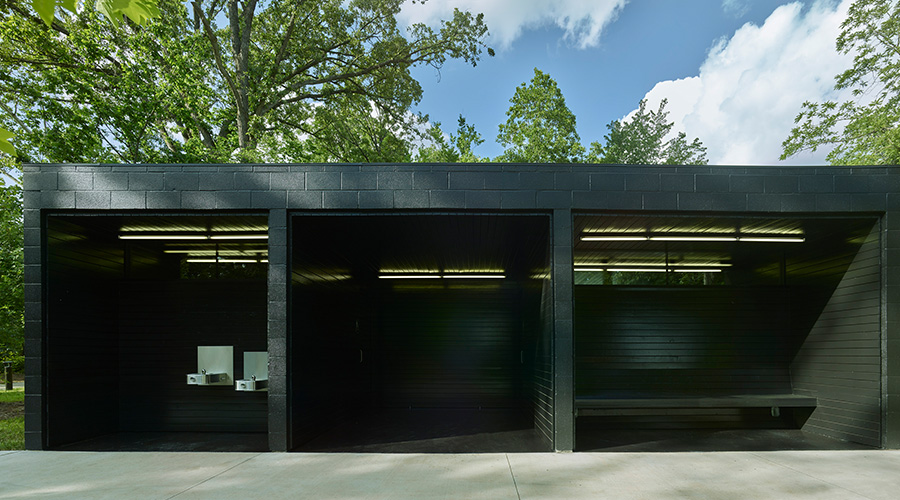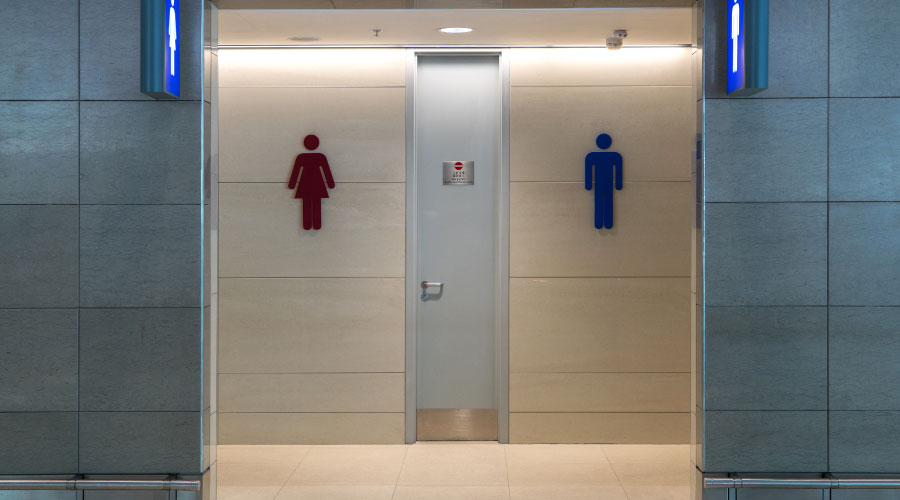Facility Specifics Help Specify Drain Cleaning Equipment
No two buildings are the same, so no two have identical needs when it comes to specifying the most appropriate drain-cleaning equipment.
"The main differences would be if the facility has food service," Dunbar says. "There's grease, and it comes down more to what's in the pipe. If it's grease, we recommend a jetter. If it's a root mass, we recommend a snake. A facility with food service probably needs a number of different things.
"If you have a cafeteria you need a jetter or other things, such as a kinetic water ram, that blows objects that become lodged into the pipe or drain hopefully on their merry way. Boarding schools and prisons are known for sending the biggest things they can down the drain to see if they can block it up — T-shirts, sheets, whatever. If you need to cut it out, you need a snake with a cutter on the end.
"It depends more on what they expect to find in the pipe than what kind of facility it is. Some facilities need many different types of machines to do the job in a facility."
If jetting out the drain line is impossible, sectional or drum machines are alternatives to jetters.
"In those types of facilities that you want to keep the waste contained, sectional machines can create more of a mess than a drum machine," Schaeper says. "A drum machine will contain the wastewater and whatever you are pulling back within the drum. It doesn't need as much space to be operated. Those are different kinds of things you look for in the facilities, the need for space and cleanliness."
For facilities that use chemicals to unclog pipes, the trend is to use more environmentally friendly products.
"Facilities that house students, the ill or elderly are housing more fragile populations that may be susceptible to infection and illness, so keeping systems in good working order for those populations is very important," McLaughlin says. "For emergency drain blockage, we have seen a greater demand for products that mask an unpleasant smell while the chemical is working to dissolve the clog."
Technology Marches On
Products in the drain-cleaning industry have not dramatically changed much over the years. The advent of camera systems was a "game-changer," Dunbar says. "Until then, you had to guess what was going on down there. But as jetters were starting to get more popular, people started putting cameras on the ends of cables and shoving them down the drains to take a look."
Machine cables also have strengthened over the years, and newer cutter heads do emerge, but drum and sectional machines have remained largely unchanged.
The next steps in the technology is integrating cameras and the drain-cleaning machines into one unit, Schaeper says.
"There's nothing on the market yet, but there are ideas out there to integrate cameras and drain-cleaning machines into one," Schaeper says. "No one's found a great way to do it, but I'm sure that's something people are working on. There will be changes someday. We just have to find the best way to do it."
Related Topics:













